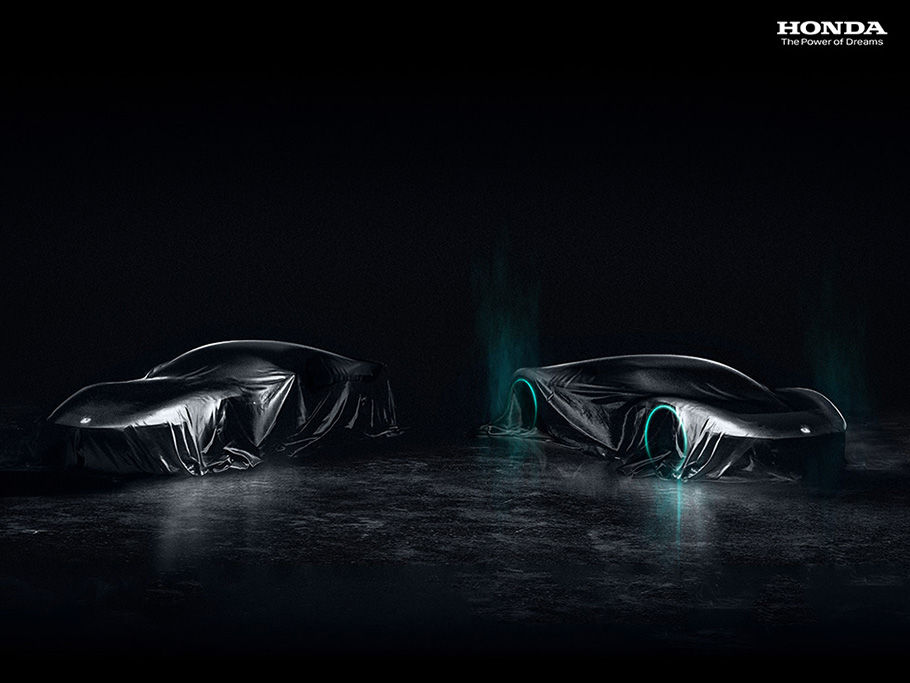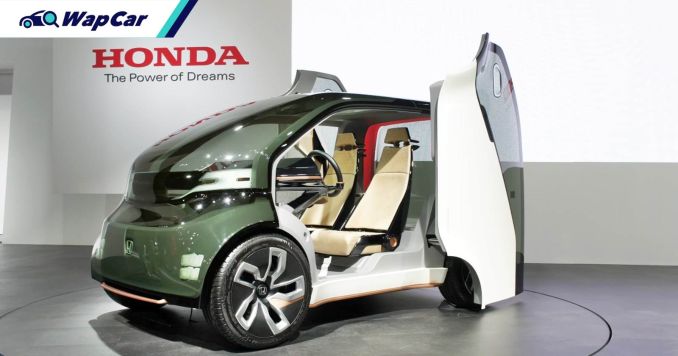Honda is the latest Japanese carmaker to unveil a new EV business strategy, following in the footsteps of its worldwide counterparts in response to the growing demand for zero-emission cars to reach decarbonization. Recently, Honda announced a 40 to 43 billion Yen investment in Tochigi Prefecture to create a trial line for the manufacturing of all-solid-state cells, an essential factor in rendering battery packs healthier and offering cars longer endurance, with the objective of having it functional in the springtime of 2024. According to Honda, the 30 new EV models it plans to offer by 2030 will include a whole range of cars spanning from commuter minivans to high-value-added premium models. The manufacturer intends to debut ten models in China by 2027 when it intends to develop specialized EV facilities in Guangzhou and Wuhan. By 2024, the manufacturer plans to launch two models in North America that are presently being developed in collaboration with General Motors Co.
“We need to save expenses by doing anything we can,” Mibe, who took over as president about a year ago, said of EV development. The news comes at a time when Honda is pushing up its efforts to develop collaborations in the EV industry. Honda has announced a joint venture with GM to co-develop electric vehicles in North America by 2027 utilizing GM’s Ultium platform, which would cost roughly $30,000. While Honda will rely on its cooperation with GM to use the Ultium architecture and EV platform, the company wants to establish its very own architecture by expanding its software applications. The Honda e: Architecture, which the firm expects to launch in 2026, will be an electric vehicle platform with a hardware and software level that is cloud-connected.

As per Takeuchi, Honda is also seeking the introduction of two electric sporting vehicles, a specialty and a premium version, by mid-decade, although it’s unknown if these cars will be as inexpensive as others Honda hopes to offer shortly. It should be mentioned that Honda and the American automaker are aiming to bring the cost of EVs down to where they can compete with gasoline-powered automobiles.



